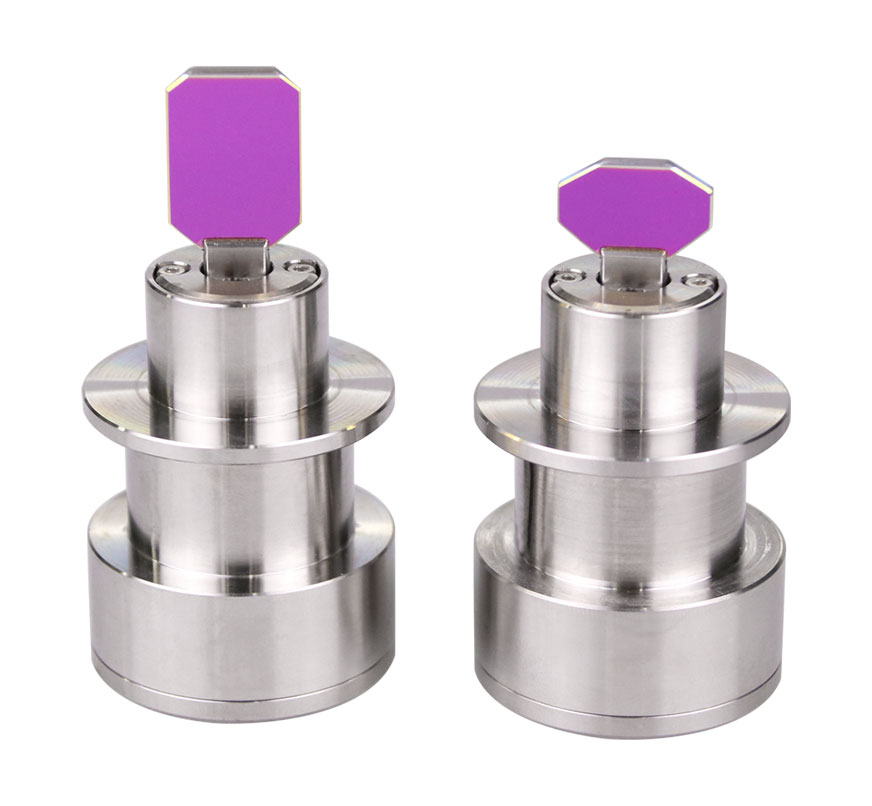Choosing the appropriate galvanometer scanner for your Selective Laser Melting (SLM) 3D printer is essential for achieving enhanced performance and accuracy. This guide is designed to assist you in identifying the critical factors to evaluate, ensuring you make a well-informed selection that aligns with your unique requirements.
In the realm of galvanometer scanners used in 3D printing, there are two main categories: those employing analog drivers and those utilizing digital drivers. Each category presents its own benefits, catering to distinct applications.
Galvanometer scanners featuring analog drivers are recognized for their exceptional speed. If your 3D printing initiative prioritizes quicker processing times over utmost precision, an analog driver galvanometer scanner is your optimal choice. An example is the Scanner Optics Extra-galvo Scanner, which is ideal for scenarios where speed takes precedence, without the necessity for supreme accuracy in the workpiece.
Conversely, galvanometer scanners with digital drivers provide enhanced precision. For 3D printing projects that require high-precision components, a digital driver galvanometer scanner is preferable. The Scanner Optics Extra Scanner serves as an excellent solution for applications that require stringent accuracy and intricate detailing.

Velocity. The velocity of the galvanometer scanner influences the rapidity with which the laser beam travels, directly impacting the efficiency of the printing process. A high-velocity galvanometer scanner can expedite the production of complex components.
Acceleration. Elevated acceleration allows the galvanometer scanner to preserve high precision and velocity during frequent directional shifts. This aspect is particularly vital for intricate designs necessitating swift changes in direction.
Resolution. The galvanometer’s resolution correlates with the level of detail achievable in printed components. Micron-level resolution is typically required to attain high-precision 3D printing.
Repeatability. The repeatability concerning positioning accuracy at various times and locations is essential for achieving consistent printing outcomes. High repeatability guarantees uniformity across each part, independent of the timing or location of printing.
Material. The lens material should boast high reflectivity and durability. Commonly used materials include silicon, fused silica, and optical glass. Such materials ensure sustainable performance with minimal energy loss.
Coating. Reflective coatings tailored to the laser’s wavelength can enhance reflective efficiency while minimizing energy dissipation and lens degradation. This contributes to the galvanometer's overall functionality and longevity.
Smaller spot diameters yield enhanced printing precision but necessitate a more sophisticated control system. The optimal spot diameter should align with printing specifications to secure superior results.
Software Compatibility. Opt for a control architecture that is compatible with an array of design software to facilitate the design and transmission of intricate patterns. This promotes versatility and user-friendliness.
Real-Time Monitoring. A control system featuring real-time monitoring capability can dynamically adjust the galvanometer’s position, thereby enhancing printing accuracy and consistency.
Thermal Control. High-speed operation of the galvanometer scanner generates significant heat. An efficient thermal management system, such as air or water cooling, is essential to ensure stable operation and mitigate overheating risks.
Operational Range. Select a galvanometer scanner with a suitable operational range based on the dimensions of the objects slated for printing. This guarantees that the galvanometer scanner can effectively cover the entire operational area.
Dimensions. A more compact galvanometer scanner is particularly suited for detailed printing tasks, whereas a larger galvanometer scanner is optimized for rapid processing of extensive areas.
Laser Wavelength. Ensure that the galvanometer scanner system aligns with the laser's operational wavelength, which is crucial for optimal energy transfer and performance.
Power Capacity. The galvanometer scanner system must be capable of managing the laser’s output power to prevent equipment overload and ensure safe functionality.
Selecting the appropriate galvanometer scanner for your SLM 3D printer entails a thorough assessment of numerous factors, including the type of driver, velocity, accuracy, and compatibility with your laser system. As one of the leading galvanometer suppliers, Scanner Optics can guarantee that my 3D printer produces high-quality, precise, and efficient results. Whether my focus is on velocity or precision, a suitable galvanometer scanner exists that will cater to my specific requirements.